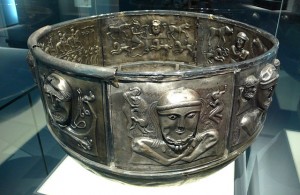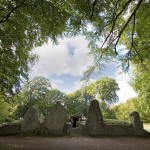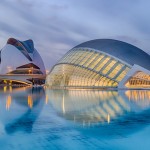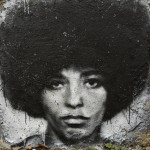Last weekend, I saw the Gundestrup Cauldron. It was an amazing, powerful, beautiful experience. Seeing something that I’ve waited so long to see, something so old, and so powerful, of such exquisite craftsmanship. It was awesome. Cernunnos sitting there with his antlers and his snake, all beautiful and serene. And the embossed panels, and the tiny details like the embossed leaves, and the silver of at the bottom of the cauldron. Amazing. So sacred. And containing such a wide range of influences from different cultures.

Yes, I know that the name Cernunnos is known only from one inscription, and we don’t know the name of the antlered deity on the Gundestrup Cauldron, but I chose to use his name rather than the more impersonal epithet “horned god”. And technically, it isn’t a cauldron – it was a feasting bowl rather than a cooking pot, but archaeologists refer to these vessels as cauldrons.
The Gundestrup Cauldron has been gracing the British Museum in London recently, as part of an exhibition entitled “The Celts: art and identity“. If you haven’t been able to get to it in London, it will be at the National Museum of Scotland from March 2016.
There were loads of other iconic objects in the exhibition too: the Basse-Yutz flagons, the Battersea Shield, the Wandsworth Shield, hoards of gold and silver torcs, some amazing deity statues. There was a bit of a lack of any attempt to set these items in context alongside everyday objects and how they were used – but the objects in the exhibition were really spectacular, and I would happily have paid £16.50 just to see the Gundestrup Cauldron, and the aim of the exhibition was to show how identity is expressed through art, not to show the everyday life of “Celtic” peoples. The music in the exhibition room was really annoying, but the ceiling hangings (apparently meant to represent the Northern Lights) were quite groovy.
Some people have rightly questioned the use of the word “Celts” in the title of the exhibition. However, the curators took care to problematise the term, to unpack it, and show how its meaning has changed over time – particularly in the context of the 19th century revival and the Celtic Twilight. Here’s an excerpt from the press release:
Today the word ‘Celtic’ is associated with the distinctive cultures, languages, music and traditions of Scotland, Ireland, Wales, Cornwall, Brittany and the Isle of Man. Yet the name Celts was first recorded thousands of years earlier, around 500 BC, when the ancient Greeks used it to refer to peoples living across a broad swathe of Europe north of the Alps. The Greeks saw these outsiders as barbarians, far removed from the civilised world of the Mediterranean. They left no written records of their own, but today archaeology is revealing new insights into how they lived. Modern research suggests that these were disparate groups rather than a single people, linked by their unique stylised art. This set them apart from the classical world, but their technological accomplishments stand on a par with the finest achievements of Greek and Roman artists.
The exhibition very clearly showed how the meaning of “Celt” changed over time – and how there is no single ethnic group that may be referred to as “Celtic”. Being “Celtic” has more to do with language and culture than it does with ethnicity or genetics.
















